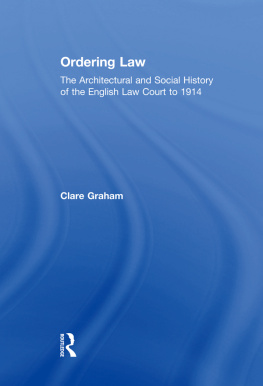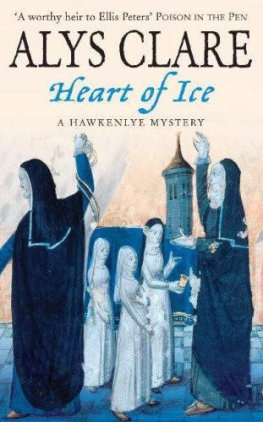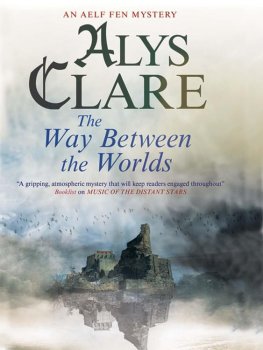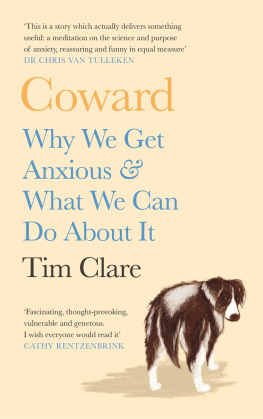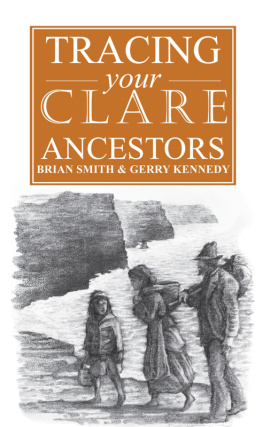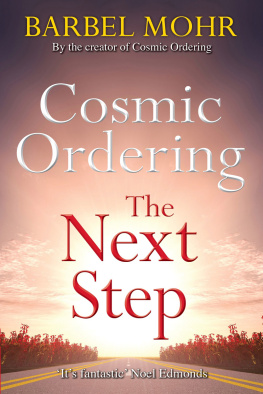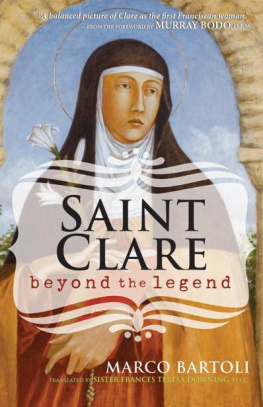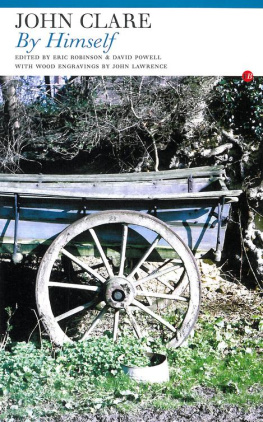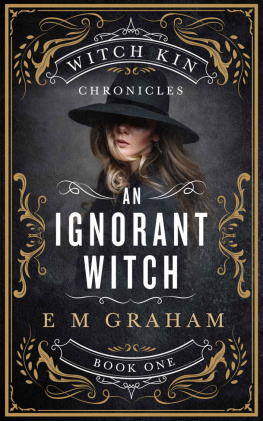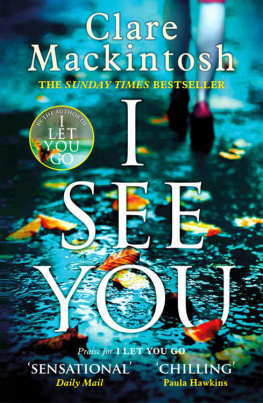ORDERING LAW
Ordering Law
The Architectural and Social History of the English Law Court to 1914
Clare Graham
First published 2003 by Ashgate Publishing
Published 2016 by Routledge
2 Park Square, Milton Park, Abingdon, Oxon OX14 4RN
711 Third Avenue, New York, NY 10017, USA
Routledge is an imprint of the Taylor & Francis Group, an informa business
Copyright 2003 Clare Graham
All rights reserved. No part of this book may be reprinted or reproduced or utilised in any form or by any electronic, mechanical, or other means, now known or hereafter invented, including photocopying and recording, or in any information storage or retrieval system, without permission in writing from the publishers.
Notice:
Product or corporate names may be trademarks or registered trademarks, and are used only for identification and explanation without intent to infringe.
The author has asserted her right under the Copyright, Designs and Patents Act, 1988, to be identified as the author of this work.
The author and publishers would like to thank the Paul Mellon Centre for Studies in British Art for their generous subvention towards the publication costs of this book.
British Library Cataloguing in Publication Data
Graham, Clare
Ordering law: the architectural and social history of the English law court to 1914
1. Courthouses England History 2. England Social conditions
I. Title
725.150942
Library of Congress Cataloging-in-Publication Data
Graham, Clare.
Ordering law : the architectural and social history of the English law court to 1914/Clare Graham.
p. cm.
Includes bibliographical references.
ISBN 0-7546-0787-9 (alk. paper)
1. Courthouses--England--History. 2. Public architecture--England. I. Title.
NA4475.G7 G73 2003
725.150942--dc21
2002019415
ISBN 9780754607878 (hbk)
Typeset in Palatino by Bournemouth Colour Press, Parkstone, Dorset.
Contents
| Builder | The Builder (magazine) |
| BoE | Buildings of England series (Penguin refers to edition current in 1999 and county in question, unless stated otherwise) |
| CCP (1992) | The County Court Practice (ed. Gregory) |
| DNB | Dictionary of National Biography |
| GGJ | Georgian Group Journal |
| HOKW | History of the Kings Works (ed. Colvin) |
| JCCCM | Joint Committee for Coroners Courts and Mortuaries |
| LCC | London County Council |
| LMA | London Metropolitan Archives (formerly Greater London Record Office) |
| NMR | National Monuments Record (England) |
| OED | Oxford English Dictionary |
| PP | Parliamentary Papers |
| PSA | Property Services Agency Historic Buildings Register (ed. Alasdair Glass, London: DoE, 19824, 3 vols) |
| PRO | Public Records Office (Kew) |
| RCHME | Royal Commission on Historical Monuments (England) |
| RIBA | Royal Institute of British Architects |
| Save | Information collected by Save Britains Heritage for Silence in Court, a report on redundant buildings (2003) |
| SoL | Survey of London (volumes and monographs) |
| VCH | Victoria County History of England |
17 View of the east end of Winchester Hall (about 1899), with T.H. Wyatts court building beyond. From Melville Portal, The Great Hall Winchester Castle, 1899. British Library.
RECONSTRUCTIVE PLANS (drawn by Timothy Blundell Jones)
This book started life as a PhD study, which was funded by two universities. I began in 1994 with a research scholarship from the University of the South Bank. This was transferred to the University of Sheffield in 1995 after my supervisor moved there, and the thesis was completed in 1997. I remain extremely grateful to both these institutions for their generosity in providing me with this opportunity. I am even more grateful to my supervisor, Peter Blundell Jones, who provided a subject and steered me through the subsequent voyage of intellectual discovery with great patience, good humour, intelligence and generosity. Special thanks should also go to David Dunster, who helped with supervision at South Bank, and Elise Histed of the Faculty of Law at Sheffield, who checked my legal history. Subsequently Alec McAulay, Tom Gray, Rachel Lynch and Katharine Bushell of Ashgate helped to turn the thesis into a book. The Paul Mellon Centre provided a generous grant towards the cost of the illustrations.
Inevitably, on a project of this kind, one accumulates debts of gratitude to many individuals. Equally inevitably, some of these remain anonymous and therefore unacknowledged: for instance, many of the members of staff who went out of their way to help me in court buildings, record offices and libraries. I hope that nobody else who should be on this list has inadvertently been omitted from it. I must single out for particular mention Sir Thomas Legg, Alastair Shaw, Paul Monaghan, and David Adlington of the Lord Chancellors Department, who provided advice and facilitated my access to working court buildings as a student (I was particularly grateful to receive permission to photograph these, since this procedure is normally forbidden). More recently, Richard Pollard, formerly of Save Britains Heritage, has been extremely generous with photographs and other material gathered for Saves own report on redundant court buildings. Others who should be mentioned are, in alphabetical order: Rosemary Baird, Goodwood House; Philippa Bassett, Birmingham Central Library; Brenda Belsham, Northamptonshire County Council; Maggie Bird and Julianne Young, Metropolitan Police; Adrian Blunt, Honourable Society of the Inner Temple; Ray Boxer, Westminster Coroners Court; Allan Brodie, Royal Commission on Historic Monuments (England); John Burton and Avis Ames, Derby County Hall; John Burton, Gravesend County Court; Peter Carolin, arq; Susan Clark, Dorchester Shire Hall; Francis Gowan Collins, Tower Bridge Magistrates Court; Yolanda Courtney, Leicestershire Museums Service; Sid Courtney and Ian Cheesman, Middlesex Guildhall; Dan Cruickshank; Nick Evans, Oxfordshire County Council; Adrian Forty; Graham Fry, Salisbury Guildhall; Nicholas Fry, Chester Cathedral; Mark Harmon and Helen Andrews, Cheltenham County Court; Terry Hearn, Southampton City Museums; Andrew James, Nottingham Shire Hall Galleries of Justice; Harriet Jones, London Metropolitan Archives; Rosamund Keating, Horseferry Road Magistrates Court; Roger King, South Bank University; Paul Lathey, Sheffield University; John P. Murphy, Sheffield Central Library; Richard Pascoe, Clerkenwell Magistrates Court; George Perry, Liverpool City Magistrates Court; Gillian Phimister, Rchme; Stephen Porter, Survey of London; Christine Poulson; Andrew Saint; Darren Scates, West London County Court; Joseph Sharples, Walker Art Gallery, Liverpool; Derek W. Stone, Victoria Law Courts, Birmingham; Evan Stone QC; Craig Webster, Christ Church College, Canterbury; His Honour Judge Frank White and Jonathan Monk, Central London County Court.
Finally, my warmest thanks to all those members of my family and friends who helped me to complete both the original PhD and this book by providing hospitality, practical assistance, intellectual stimulation, or simply a sympathetic ear.


